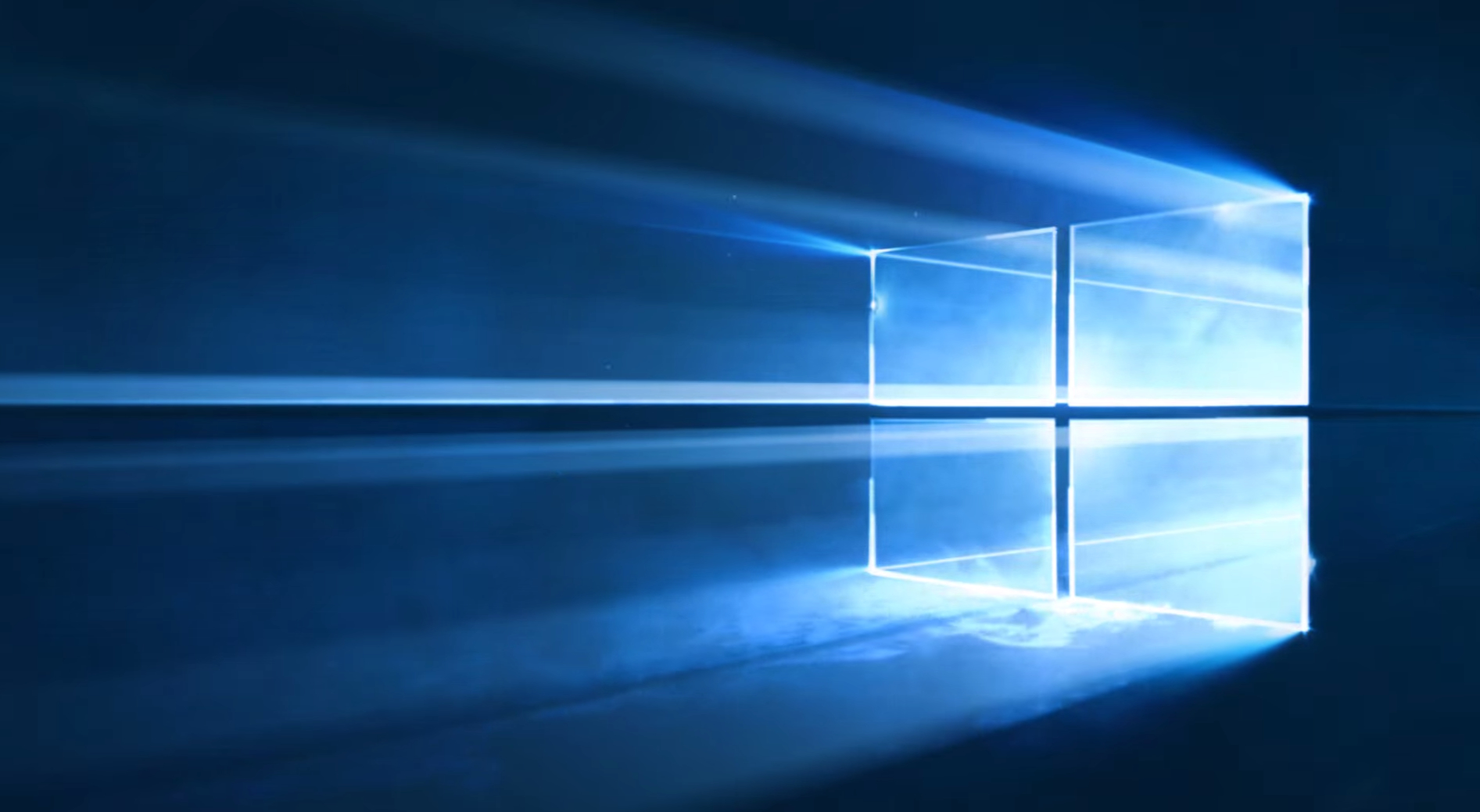
In fact, it might be difficult to find another free alternative which is as well-equipped as the Defender and won’t bombard you with ads and pop-ups.Įxtended enterprise under threat Download nowĪlthough free and convenient, Windows Defender isn’t completely faultless.

From malware detection and removal tools to real-time analytics and cloud-enabled protection, Windows Defender is the perfect antivirus for those who are happy to stick to the basics. After all, Microsoft’s security staple is completely free to use, and comes with a pretty impressive set of appliances. However, Windows Defender is an obvious winner in at least one field: cost. Why you should use Windows DefenderĪt first glance, Windows Defender might not seem as anything exceptional, especially compared to more popular antivirus alternatives offered by Norton or McAfee. Obviously, this is one of the benefits of Windows Defender and maintaining it active on your computer. If your third-party antivirus tool becomes outdated, or the version you use runs out, you’ll be expected to pay to get it back on or updated.

However, it is worth bearing in mind that Windows Defender comes free with your Windows-based machine and you don’t have to pay a subscription for it. If this happens, it is recommended to turn Windows Defender off. The problem is that when Windows Defender is enabled at the same time as a different security package, it can cause issues for that software’s antivirus tools. Despite this, a number of people have third-party cyber security packages also installed on their device and often prefer them to Windows Defender. When you start up your Windows 10 machine, its suite of anti-malware tools should be enabled by default to give you some protection. This handy tool was originally released for Windows Vista and Windows 7, and can be found on current versions of the operating system, Windows 10. You may have heard of the pre-installed software found on Windows machines designed to act as malware protection that is called Windows Defender.


 0 kommentar(er)
0 kommentar(er)
